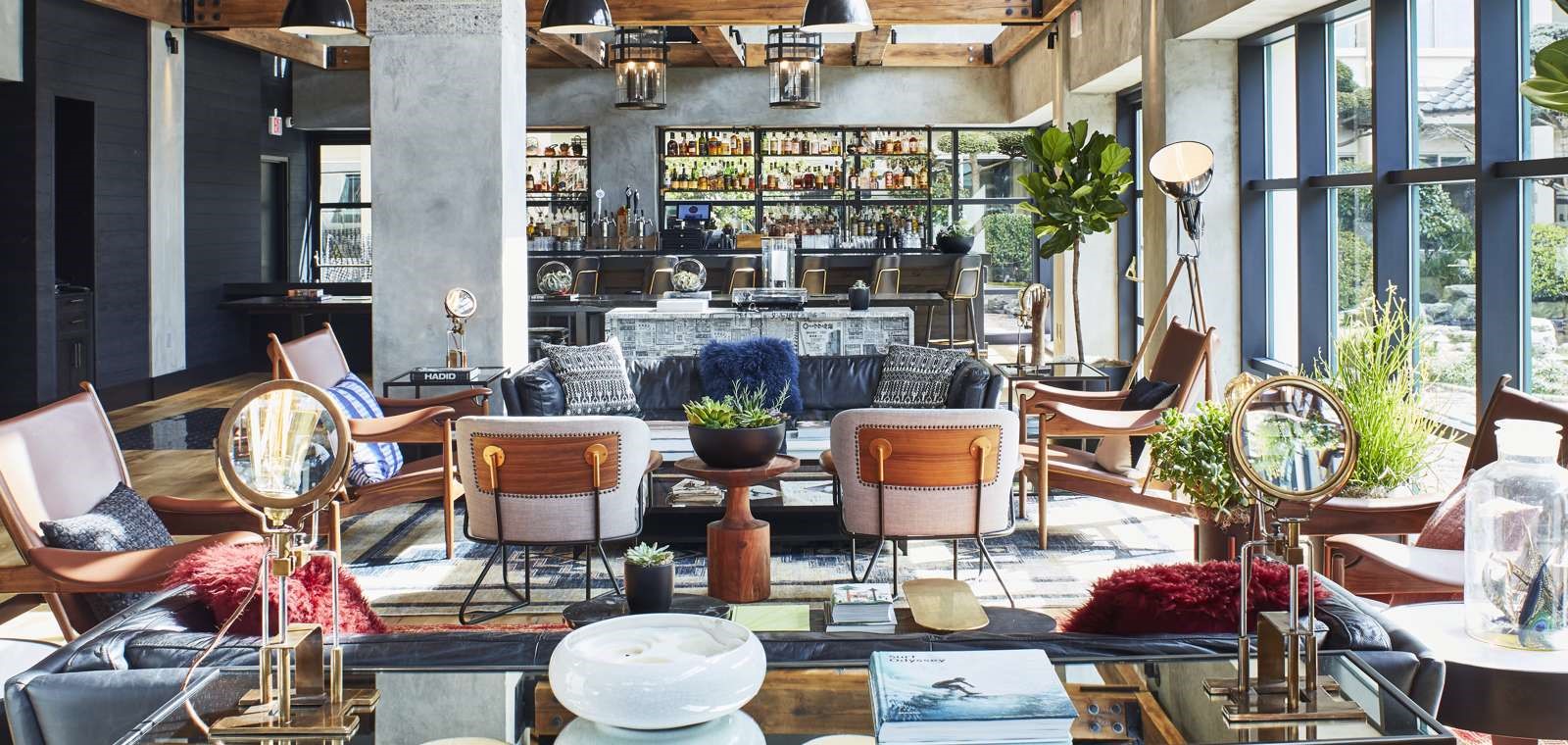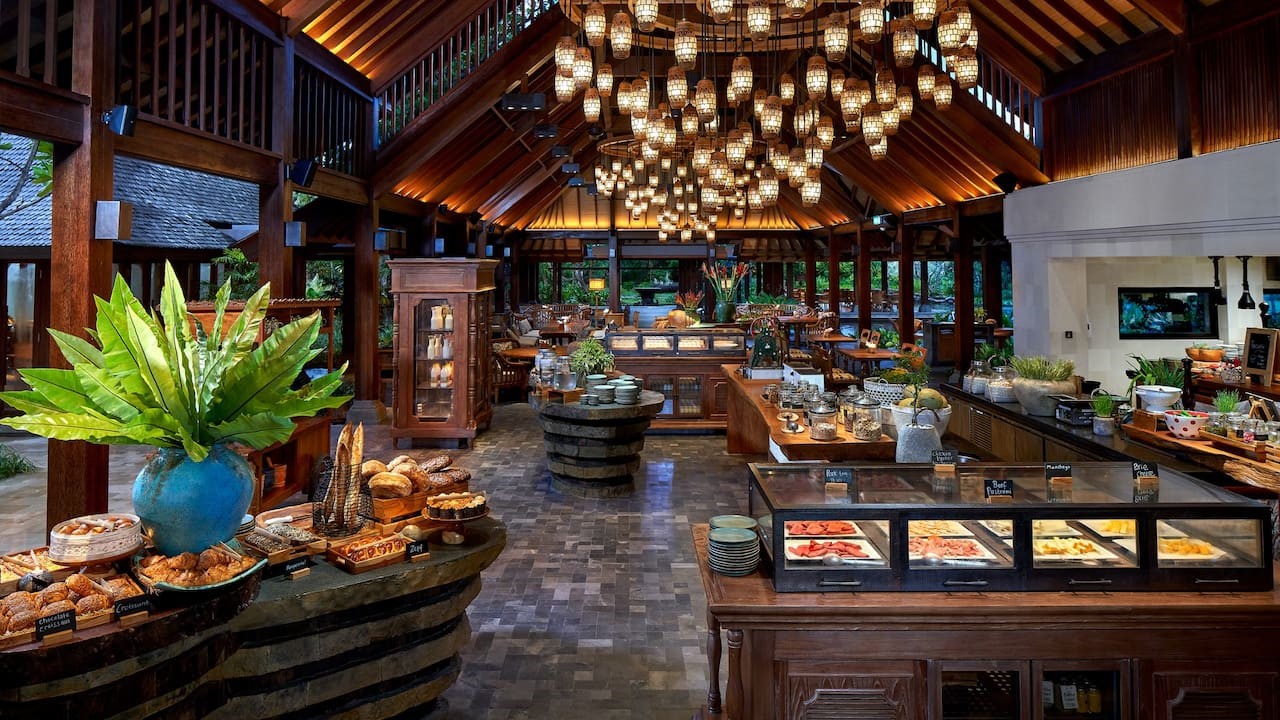Hotel development, in a nutshell, involves the process of sourcing and negotiating hotel management or franchise contracts as well as investment opportunities, in order to drive the organic growth of a hotel business. As the tourism industry boomed, the term had earned itself somewhat ‘vogue’ status, especially amongst aspiring hoteliers. In an EHL webinar, EHL alumni Chris Anklin, Regional Vice President of Development at Hyatt Hotels Corporation and Ananth Ramchandran, Vice President of Global Corporate Finance & Strategy, Capital Investments & Transactions and Head of Branded Residential at InterContinental Hotels Group (IHG), built out the conversation on how the hotel development scene has evolved, as well as how they have navigated the challenges of this sector.
Planning strategies and expanding portfolios
Crafting hotel development strategies is expectedly challenging, as they can hardly ever be stamped with cookie cutters or put through a magic formula. With a nod to hospitality’s most famous words – ‘it depends’ – Ananth explained the varying factors that shape development decisions: “I don’t think there’s ever exclusively one approach. I think it makes sense for each company, given their priorities and portfolio of brands, resources at hand and all of that, to set clear parameters around where they can play – where they can deploy resources and win deals.”
In other words, the company itself, the competition, and the market all play a role in determining the strategies of each project. Furthermore, it is also about being flexible and adaptable, as well as actively engaging with different stakeholders, including partners and existing owners. “You need to have a strategy but at the same time, keep your eyes open with a 360-degree view to see what’s actually going on in the market and how you can create a competitive advantage,” he added.
Aside from signing individual hotel deals, companies may also turn to forms of inorganic growth, such as mergers and acquisitions, to scale up their portfolios even more quickly. With greater consumer choice in a highly competitive environment, scale has been an important determinant for many hotel companies’ growth strategies. In 2018, Hyatt acquired Two Roads Hospitality, which saw the introduction of lifestyle brands Alila, Joie de Vivre, and Thompson Hotels into the Hyatt portfolio.
Similarly, IHG added the Regent and Six Senses brands, continuing the expansion of its luxury brand footprint after having acquired Kimpton in 2015. Achieving a larger scale not only creates more choices for both guests and owners, but also bodes well from a sales and marketing and loyalty standpoint. In addition, the benefits flow both ways – as Chris explained, “for these brands coming from the Two Roads Hospitality portfolio, it is actually a great proposition to suddenly say, ‘Look, same great brands but now we’ve got this machine – this distribution system [from Hyatt] behind us – that gives us a lot more strength.’ […] This gives those brands a big push in terms of developing them across the world.”

Hotel Kabuki, a Joie de Vivre Hotel. Source: Joie de Vivre
The growth of hospitality brands – Lifestyle versus legacy brands
As consumers increasingly seek a sense of individuality and purpose in their purchase decisions, the lifestyle brand scene has been thriving in recent years, building on offering their guests authentic, unstandardized experiences. Interestingly, however, Chris revealed that it is rather the Hyatt Regency and Hyatt Place brands, which Hyatt considers part of their Timeless Portfolio, that in fact continue to feature most heavily in Hyatt’s pipeline. This thus emphasizes the fact that the legacy brands have not lost their lustre, and that there is no global one-size-fits-all solution to the best development strategy or ‘most favorable’ brands to develop. “I do think it’s about hitting a certain sweet spot,” he explains, “though I also think that, to a certain degree, a lot of investors are fairly conservative, especially in this part of the world [Asia] and they will therefore go with [tried and tested] brands […] so it’s kind of natural.”
Nonetheless, both Ananth and Chris rallied behind the value of the newer lifestyle brands, which serve to plug gaps in the market and increase choices for guests and owners. From the guest perspective, Chris pointed out that Hyatt’s expansion into the lifestyle and resort scene has enabled higher guest retention through their loyalty program, as they are able to cater to a wider spectrum of needs, from business to leisure. Similarly, Ananth believes that the strong consumer desire for more ‘enlightened brands’, such as in wellness and sustainability, is why lifestyle brands have and will continue to grow – “The impetus and the catalyst are typically always driven by the traveler; then you have to figure out how to make the brand work in the operational and marketing sense. And from a guest offering then extending that to the next step to say, ‘Okay, let’s look at the design. Let’s look at the product and guest experience – and how do we create value for the owner.’”
In fact, the rising lifestyle brand scene has also been an important enabler for owners who may crave more choices in the hotel brand menu. “[When] you find a niche that needs catering to and if you do your job correctly in filtering opportunities and finding the right first projects for that brand, it becomes a bit of a no-brainer – because then the owner looks at it and suddenly goes, ‘Wow, hold on. In this segment where I might have only had these options, I suddenly have this option,’ and that becomes quite attractive”, Chris explained, “There are [also] certain types of owners that actively want to be the first one to bring a brand into a certain country. There’s a lot of PR that comes with that.”
Chris also highlighted how generational shifts may influence the hotel landscape, as owner decision-making is being increasingly handed down to the younger generations. “The older generation is more conservative – it’s more, ‘Let’s look at what’s already here,’ […] but the younger generation has a different focus, which works for those [lifestyle] brands," he explained. Therefore, while legacy brands may currently lead the pack in terms of performance, lifestyle brands are still certainly ones to watch.

Hyatt Regency Bali. Source: Hyatt
Managing the difficult conversations in hotel development
It would not be uncommon for owners to bring a project to the table with a brand already in mind, however the role of the hotel developer is to start the conversation early on and make sound decisions with the owner. Savvy hotel developers would be able to identify (mis)matches in the needs and profile of a project with a proposed brand and its standards, for example in saying, “Look, these are our brand standards because this is what they reflect. This is why they’ve been created. You can be really smart about how you refurbish or build this property to hit the brand standards, but [we want to] make sure you’re spending money in the right way to generate the right returns. [At the same time,] it’s also a conversation about, ‘Look, in these areas, you’re free and this and this you can do. But this you can’t do’ – it’s also about showing flexibility,” Chris emphasized, “It’s not a five-minute conversation. It’s a multi-layered, multi-months, and sometimes, multi-year conversation.”
Decisions in hotel development are thus rarely straightforward, especially so when there are multiple stakeholders involved. For example, some hotel companies may be run by large families, where it is difficult to reach a common consensus amongst all the decision makers. “You just have to get creative in terms of what we can possibly do to get over this hurdle so we can get to the next steps. [In one specific case, for example,] it made sense to kind of go two steps forward [in the process], by actually designing the hotel together with the architects, in order to get back to the rest of the conversation [and agreements], and that worked,” Chris described. In other words, it once again boils down to interpreting and adapting to situations to find an appropriate solution. Nonetheless, there are also instances where deals may simply fall through despite either or both parties’ best efforts. As Ananth explained, “It’s very hard to foresee those situations. They tend to come down to, sometimes, rational numbers-related, economic motivations – and sometimes it’s emotion and ego.”
Therefore, owner-operator dynamics are a tough terrain to navigate, especially in such a highly competitive landscape. To keep ahead of the competition and continue to seal the deals, brand operators must thus remain highly attuned to the implicit and explicit needs and wants of owners. For example, negotiating key money has often been one avenue through which owners try to seek assurance and get operators to put skin in the game – however, as Ananth highlighted, “there are probably better and easier ways to achieve that, for instance a highly-structured income, performance guarantee, or potentially helping to find assistance with CapEx financing. It’s about finding alignment on what solution really ticks the boxes for the owner and for us.”
Chris added that, “some other [hotel management] companies tend to treat key money as a kind of poker all-in move, where they think that if they just put an enormous number out there, they can knock out the rest of the competition. […] We generally take a conservative approach and do not put it on the table in the first instance. In terms of how to get ahead of the competition, it helps to have a “pull” scenario. It’s so much easier if, like Ananth and myself, you’ve got a company with great brands and a great reputation. Specifically in our case, we tend to mention that we’re the smaller of the big brands, and that means a lot more personalization and direct contact with decision makers, and a strong focus on the long-term relationship with owners. That’s one way to do it.”
Given the vastly varying needs and expectations from both the guest as well as owner perspectives, hotel development is undoubtedly a tricky business. However, regardless of the glamour that many may perceive comes along with working in the hotel development scene, it seems that the ticket to success in this space still begins with the core of hospitality – understanding needs and tailoring solutions.






